Facilities
Infrastructure and State-of-art facilities

The infrastructure of the department includes Smart Class Rooms for UG and PG, air conditioned laboratories, Seminar Hall, Girls common room, Library, and other amenities. The laboratories are well equipped with latest and sophisticated equipments, software tools and other state-of-art facilities to ensure quality exposure to the engineering students. Besides, students are given a good experience in computational techniques and latest software, computer aided design and drafting including EDA tools, MATLAB, CMOS; Optical, RF & Antenna Design tools. The laboratories are configured to impart practical exposure to the students with focus upon following areas:Artificial Intelligence & IOT, VLSI and System Design, ASIC Design & Development, Wireless Broadband System Design, Analog Electronics & Instrumentation, Sensors and Microcontroller based design.
Major Facilities
- Optical Network analyzer
- Vector Network Analyzer
- Hand held & Desktop Spectrum Analyzer
- Antenna & PCB prototype Fabrication Machine
- Wireless Access Research Platform(WARP) to support 4*4 MIMO system.
- Logic analyzer.
-
Anechoic Chamber
-
Radar Cross Section Training System (RCS12)
|
|
|
Software Tools
- MATLAB Version 2013
- System Vue
- Microwind CMOS Tools
|
- FEKO antenna Simulation Tools
- ORCAD P spice EDA Tools
- Optiwave-CAD Tools
|
Laboratories
| Research Laboratory |
Features:
- 4*4 MIMO wireless channel modeling and measurement.
- 2*2 MIMO Field Measurements.
- Sensor module design & development.
- Mixed signal CMOS interface designing.
- Front end design using Warp.

|
 |
| System Design & VLSI Laboratory |
Hardware Features:
Software Features:
A complete Integrated Development Environment (IDE), an efficient optimizing C/C++ compiler assembler, linker, debugger, data visualization, a profiler, advanced optimization tools, and a flexible project manager.

|


.jpg)
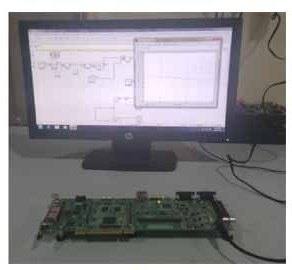
|
| Analog Electronics Lab |
Features:

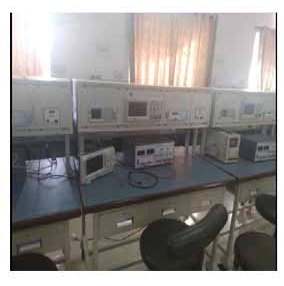 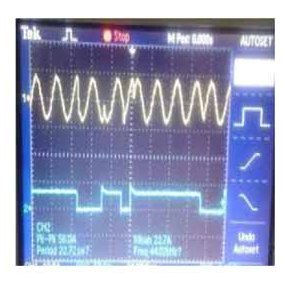
|


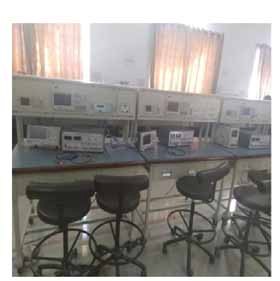
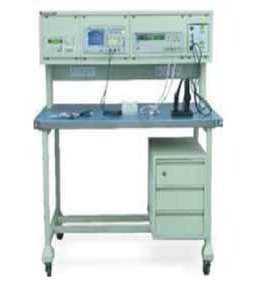
|
| Digital Electronics & Microprocessor Lab |
Features:
- Facility for Study & Practical Analysis of various Microprocessor Architecture, interfacing and Programming.
- Digital hardware design and test analyzer.
- Performance analysis on Logic analyzer.

|


|
| Optical Fiber Lab |
Features:
 
|

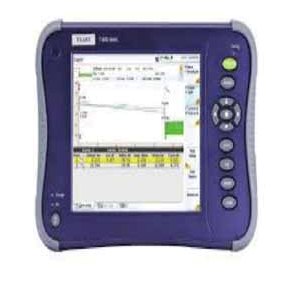
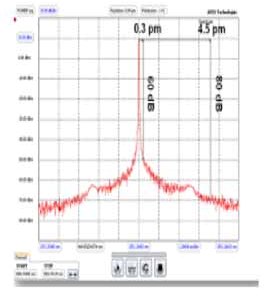
|
| Microwave & Antenna Lab |
Features:
- X-Band & Ku band microwave source and component Characteristics.
- RF Power Measurements.
- Microwave Antenna Characteristics.

|


|
| Electronic Workshop & PCB Fabrication Lab |
Features:
- PCB Design and fabrication facility.
- Antenna Design and Fabrication facility.
- Design & Implementation of various electronics Projects.
- Testing of prototype designs.

|


|
| Advance Communication & Artificial Intelligence Lab |
Features:


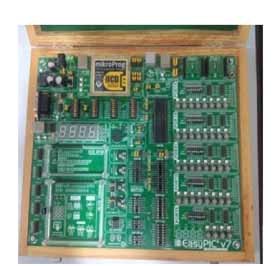 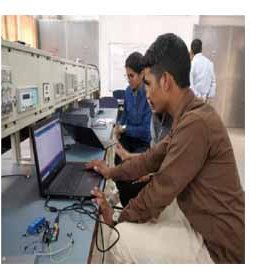
|



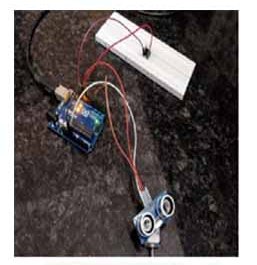
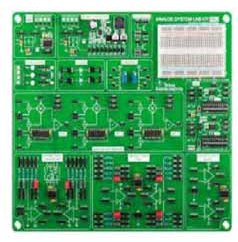
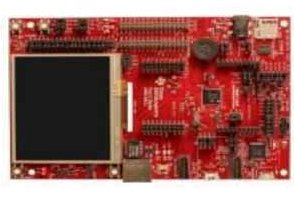
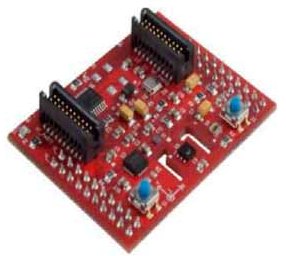
|
| Communication Engineering Lab |
Features:
- Performance Analysis of Telecomm Network Components.
- Analog Modulation/Demodulation Spectrum Analysis.
- Performance testing of communication systems.

|


|
| Basic Electronics Lab |
Features:
- Identification, testing & application of all types of components, ICs &appliances.
- Facility for Practical Implementation of various electronic circuits & its performance analysis.
- Test & measurement facility for electronics parameters of various systems.
 
|
| Anechoic Chamber Lab |
Features:
- Anechoic chamber is a room designed to completely absorb reflections of electromagnetic waves.
- Measurement of RF properties of antennas (Gain, Radiation pattern, Return Loss, Polarization pattern etc.) is carried out in the Anechoic Chamber.
- It provides testing facility for research pertaining to Microwave engineering applications.
- Antenna Measurements, Mono static/ Bi-static RCS Measurements, Near Field Measurements, Bore Sight Measurements, Network parameters can be carried out in it.
-
Versatile PCB prototyping
-
Auto depth adjustment
-
Micro drilling and milling
-
Process Logging
-
PCB based Software with interactive GUI
-
Testing facility for experimentation and implementation of Radio frequency circuits.
-
Test component specification and verify design simulation to make sure systems and their components work properly together.
-
Test system that enables the RF performance of radio frequency (RF) and microwave devices to be characterised in terms of network scattering parameters, or S parameters.
-
Working frequency range is up to 10 GHz.
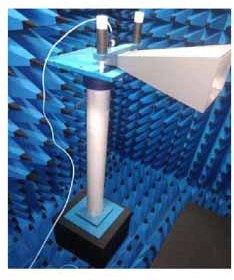 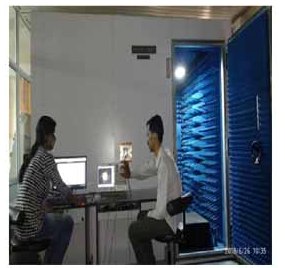
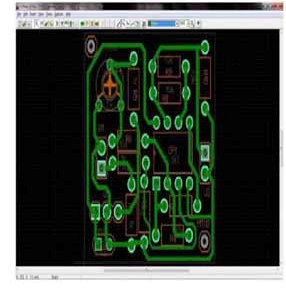 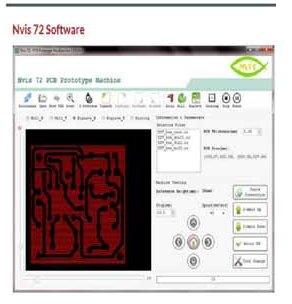
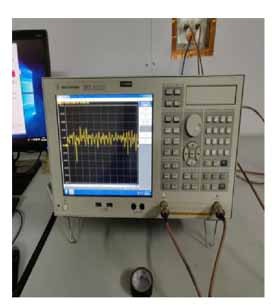 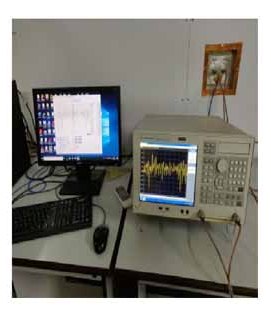
|

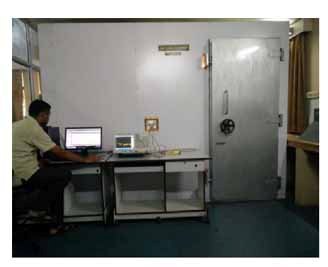
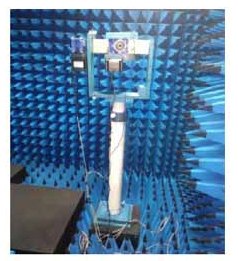
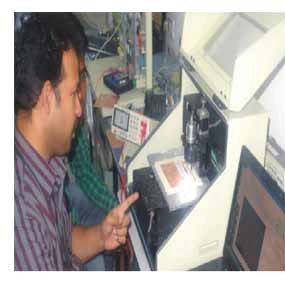
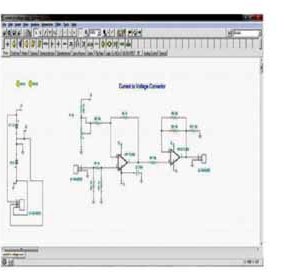
|
Details of Department Library
Apart from the rich collection of over 16000 books in the college's central library, Electronics & Communication Engineering department is having a separate library for its staff members and students. The library has got enough space for reading room and reference room. Faculty and staff members get benefited with the treasure of communication journals, periodicals and books available in the library. The library has over 1500 books on various basic and advance courses in electronics & communication engineering like Microwave Engineering, Wireless communication, Satellite and Radar Technology, Navigational Systems, Optical communication, MIMO systems, Basic Electronics, Advance communication, Micro controller and embedded systems etc. Some of the books are very useful for higher studies and competitive examinations also. A very good number of lab manuals prepared by its faculty members and technical staff have also been placed in the library for ready reference to the students so that they can refer them in non-practical hours. The library is having good collection of Licensed and latest engineering software's like ORCAD, CMOS Design tool and Antenna simulation tools. Besides, the on line access to IEEE journals facility is available within the department itself.
| Category |
No. of Titles/volume |
|
Text Books
Reference books
Others ( Booklets/manuals/proceedings)
|
1300
150
50
|
Internet Facilities
Full time Internet facility on 20 latest Desktops are available to the students so that they can access and exploit global opportunities. In addition, the Department is Wi-Fi connected with broadband access..
Smart Boards for Classrooms
Features
· Samsung Flip is an interactive display that simplifies teamwork without any hassle.
· Smooth pen-to-paper-like writing experience.
· Easy to share using mail, pen drive, etc.
· Multiple person can write simultaneously
· Annotation over the screen.






